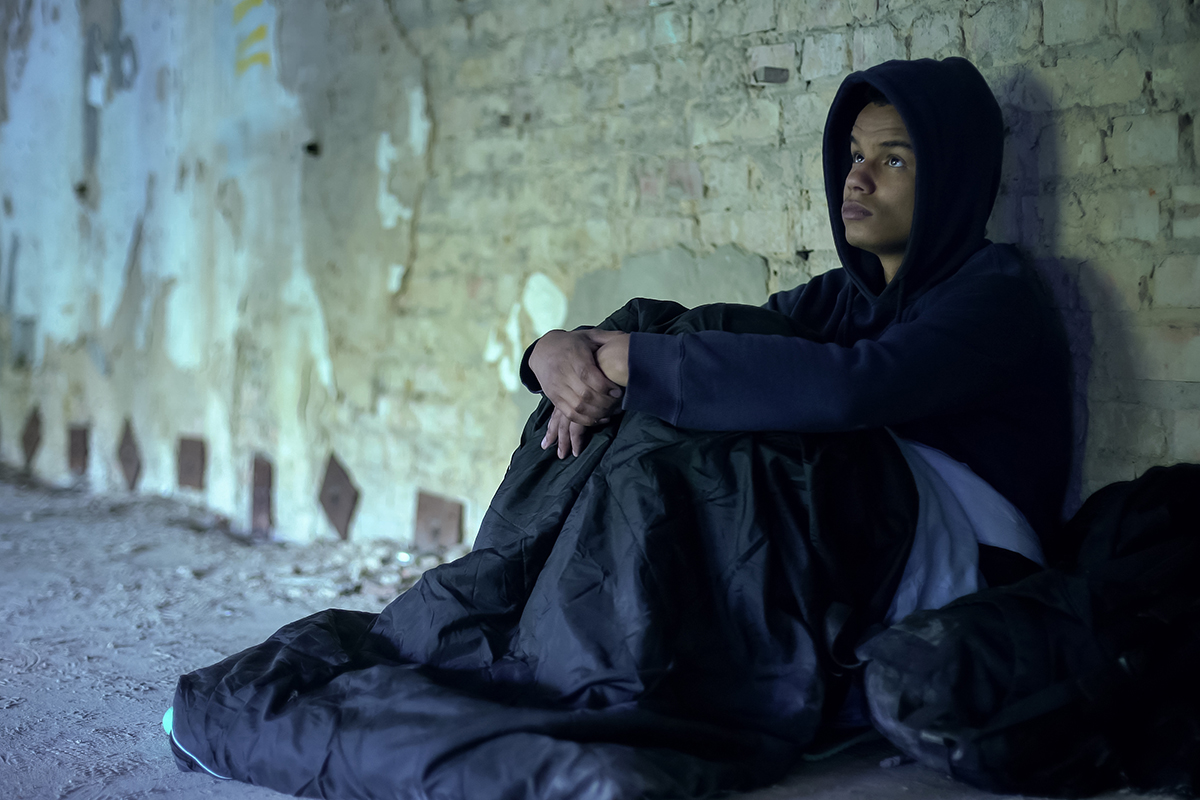County offices of education play a vital role in supporting the education and well-being of the estimated 187,298 homeless students across California.
San Diego COE — one of the state’s three lead Homeless Education Technical Assistance Centers (HE TACs) — has made significant strides in meeting the needs of homeless youth and families in their community while providing helpful resources for other COEs.
“The more everybody knows about homeless education and what’s supposed to be done, the more kids are getting served the way they should be and supported and helped,” said Susanne Terry, the COE’s coordinator for homeless education. “There hasn’t always been a lot of funding to really support efforts to make sure everybody has the information that they need and has the capacity and the time to take advantage of that information.”
The HE TACs have been funded since 2021–22 with federal American Rescue Plan (ARP) Homeless Children and Youth dollars, which will sunset this September. The ARP provided $98.8 million for school homeless services in California to be spent on goods and services for students, including gift cards to buy school supplies, cell phones, internet devices and, critically, temporary housing.
Children and youth who lack a fixed, regular and adequate nighttime residence are considered homeless under the federal McKinney-Vento Act. This includes those sharing housing due to economic hardship or other challenges (commonly called doubling-up), living in motels/hotels, campgrounds, emergency/transitional shelters or in vehicles, abandoned buildings, substandard housing or public/private spaces not designed for regular sleeping accommodation.
These students have the right to enroll in school and participate in all school activities, even when records officially needed for enrollment are missing, and the right to keep attending and get free transportation to their original school if they are displaced or have to move due to homelessness.
However, services can’t be provided if schools do not know a student is homeless.
Identification
“There’s been a lot of work done around identification by HE TACs as a whole,” Terry said.
San Diego COE developed a website (www.hetac.org) to house the resources created, including a tip sheet and webinar on identification, tools for schools to support identification efforts, and guidance around the housing questionnaire created with help from the California Department of Education, which is a big part of identification, Terry noted.
Other topics on the site include state and federal statutes and guidance, materials on dozens of topics like awareness, chronic absence, engagement, rural and special education and more. Training opportunities and events and a portal to ask questions are also available. There’s also a “’get help’ feature on the website, so you can actually send a message to us through the website if you have a question,” Terry said.
There has also been a more concerted effort to develop materials in support of rural homeless youth and LGBTQ youth, who are overrepresented in the homeless youth population.
Last school year, more than 16,600 public school children in San Diego County were counted as experiencing homelessness — likely an undercount, according to advocates who say some families experiencing homelessness don’t consider themselves homeless or do not report their situation to their child’s school.
Programs and resources
San Diego COE has implemented several novel programs in recent years.
For instance, through Project Rest, the first program of its kind in San Diego County, schools are able to pay for temporary housing for students and their families experiencing short- or long-term homelessness. More than 1,500 families in the county have been provided motel stays since its inception in 2022, Terry told The San Diego Union-Tribune. The program provides minimum 10-day stays, which can be extended up to 30 days, at Motel 6 locations across the county. The program regularly receives between three and 10 referrals a day, she said.
Providing motel stays for families is vital in part because shelter demand often exceeds capacity, and shelters are generally located too far for many families. Additionally, some shelters enforce restrictions that make it difficult for families, such as prohibitions on men or pets.
Meanwhile, the Monarch School — a public-private K-12 school between San Diego COE and the nonprofit Monarch School Project — serves about 300 students, all of them experiencing homelessness or at risk of becoming homeless.
The school, which is reportedly the only publicly funded separate school for homeless students, emphasizes on-site family programs and resources. Services include on-campus showers, food pantries, access to licensed clinicians and social programs, and free housing and health assistance through its parent resource center. Most students are referred to Monarch School through social workers, according to officials.
While some have questioned the notion of segregating homeless students in this way, school leaders have said that gathering students experiencing homelessness creates a sense of community and reduces the stigma they may face from peers while allowing the school to better tailor social-emotional learning and resources.
Learn more about what San Diego COE and other local educational agencies are doing to support the state’s growing homeless student population in the upcoming spring issue of California Schools.





